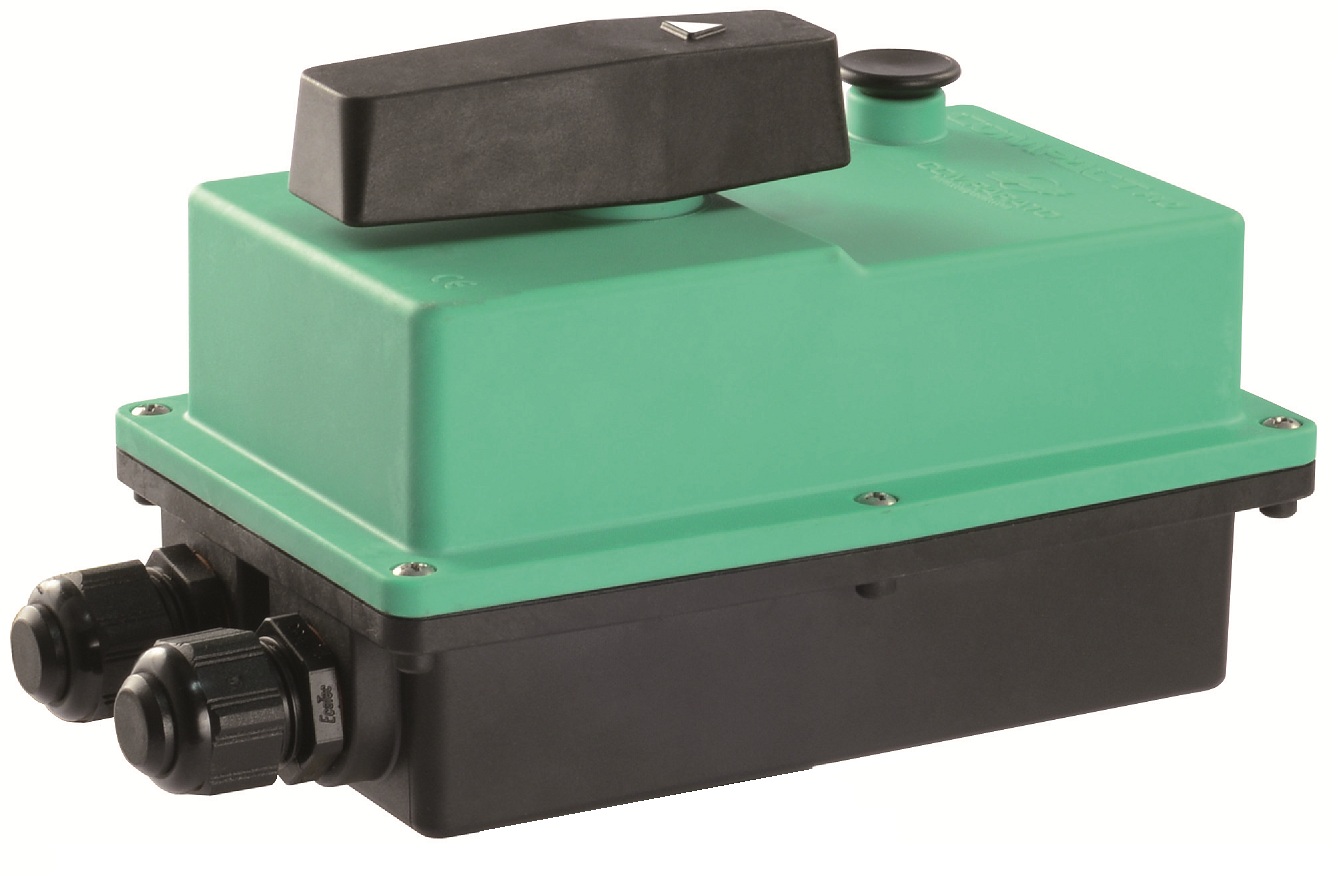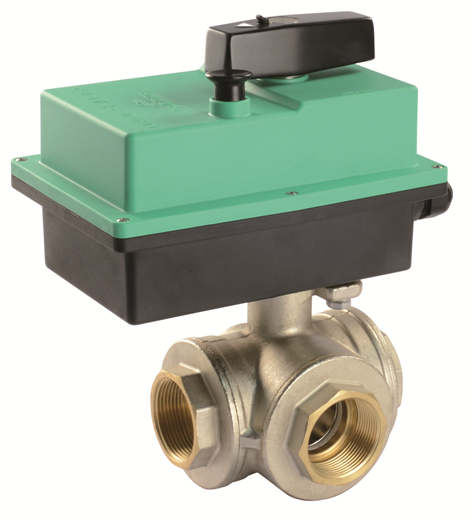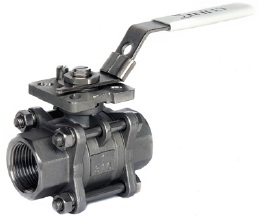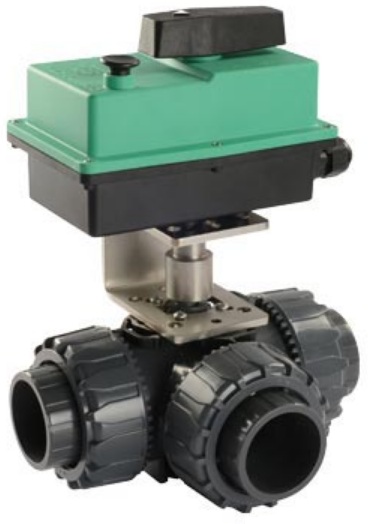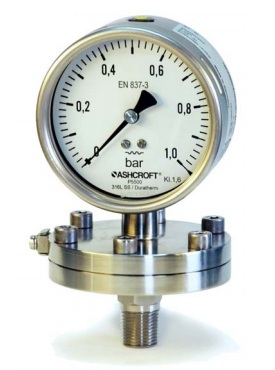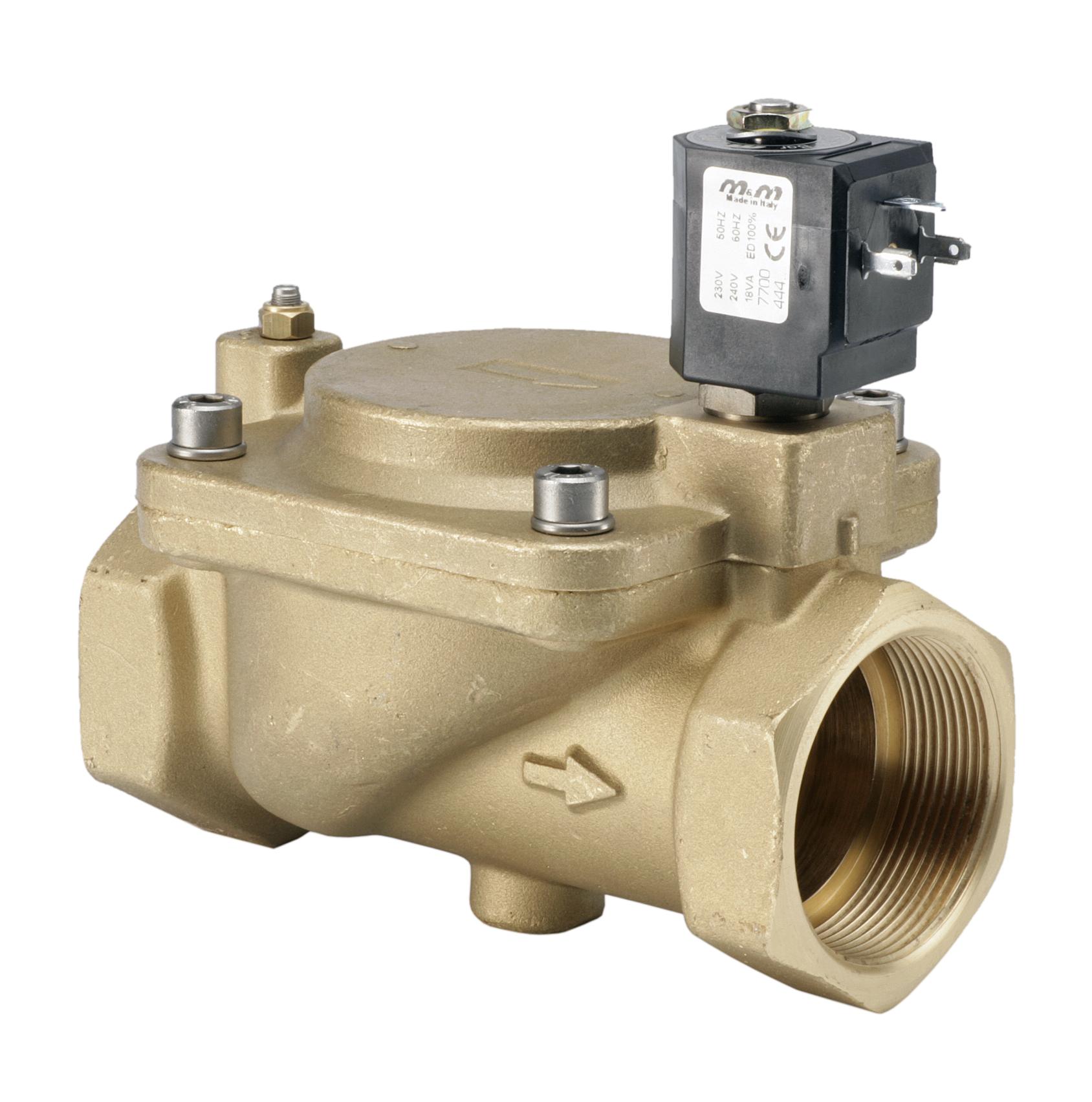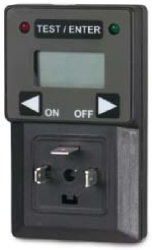Solenoid Valves In Air Compressors
Solenoid valves have a wide variety of uses. The amount of solenoid valve variants means that they can cover nearly any type of application for fluid or material. In this blog, we will be discussing some of the uses of M&M solenoid valves in compressed air applications.
In Air Compressors
The way the solenoid valve will work in the compressor is as follows:
When the system is operating, the electric motor runs the compressor, which takes in filtered air, compresses it, sends it to the refrigerator and finally to the tank. During this stage, power is provided to the solenoid valve and the circuit closes, keeping it under pressure. When the tank reaches the requested pressure reading, a pressure switch stops the motor and the check valve keeps the air inside the tank. To prevent the compressor from remaining under pressure for too long and possibly receiving damage. The solenoid valve then de-energizes and exhausts air still in the circuit.
There are three variants of solenoid valves that would be suitable for this application, the RD236, the RB214 and the RB203.
The RD236 and RB214 are direct acting solenoid valves whilst the RB203 is a pilot operated solenoid valve.
Here is a PDF file with a bit more detail about solenoid valves in this application:
Metering valves
The system operates as follows: first corn is ground and flour is stocked into the silos. The flour then transfers from the silos into a tank and mixes with water. A pump distributes the mixture that this process obtains, to the network. The MV intercepts the feedstuff and regulates its distribution to the manger thanks to the elastic diaphragm. The diaphragm operates because of the pressure of air let into the upper chamber of the solenoid valve. As a matter of fact, when the solenoid valve de-energises, air flows from P to B, pressing the diaphragm and closing the MV. When it energises, air from the chamber exhausts from B to R and the MV opens
The variant of solenoid valve that would be suitable for this applications is:
Here is a PDF file with a bit more detail about solenoid valves in this application:
Press safety valves
Two 3-way solenoid valves are in this application. When they are de-energized (Picture 1), they close the inlet of pressurized air from P (red) and connect outlet A to the exhausts R. The value of pressure inside the pipes is controlled by pressure gauges CP. The two solenoid valves operate at the same time, due to an electronic panel (Picture 2). They close their own exhausts allowing air to flow through the pipes to the piston chambers, which are pushed downwards by pressure.
At this time air can flow from P to A. To simulate a failure, de-energise the valve on the right. This results in the piston on the left pushing upwards due to a spring because of a lack of pressure. This would open the exhaust. Air (yellow) from P would flow towards R thus blocking the valve, which would operate again only when the system was safe. When the valve returns to the stand-by-position it automatically resets.
The variant of solenoid valve that would be suitable for this applications is:
Here is a PDF file with a bit more detail about solenoid valves in this application:
Vibrating feeders
A circular vibrator consists of a vibrating base, a container and a separate electronic controller for setting the excursion of the vibration. Containers can be of various shapes: cylindrical, conical, or stepped; they have a spiral guider in the internal wall that allows small parts to ascend to the linear feeder. A magnet operates a pulsating force on the container and the vibrations thus produced move the small parts forwards along a track inside the container.
A series of traps at the end of the track select parts in a wrong position and let them fall at the centre of the container so that it only ejects parts in the proper position. A solenoid valve intercepts compressed air from the system and shoots it against the small parts to push them into the assembly machine. A photocell is at the mouth of the feeder. When the container is empty, the system detects a failure, the vibrator stops, a warning light turns on and the de-energized solenoid valve interrupts the blast of air. Only the intervention of an operator can reset the process. The most frequent failures occur when parts are not in the correct position or the container is empty.
The variant of solenoid valve that would be suitable for this applications is:
Here is a PDF file with a bit more detail about solenoid valves in this application:





